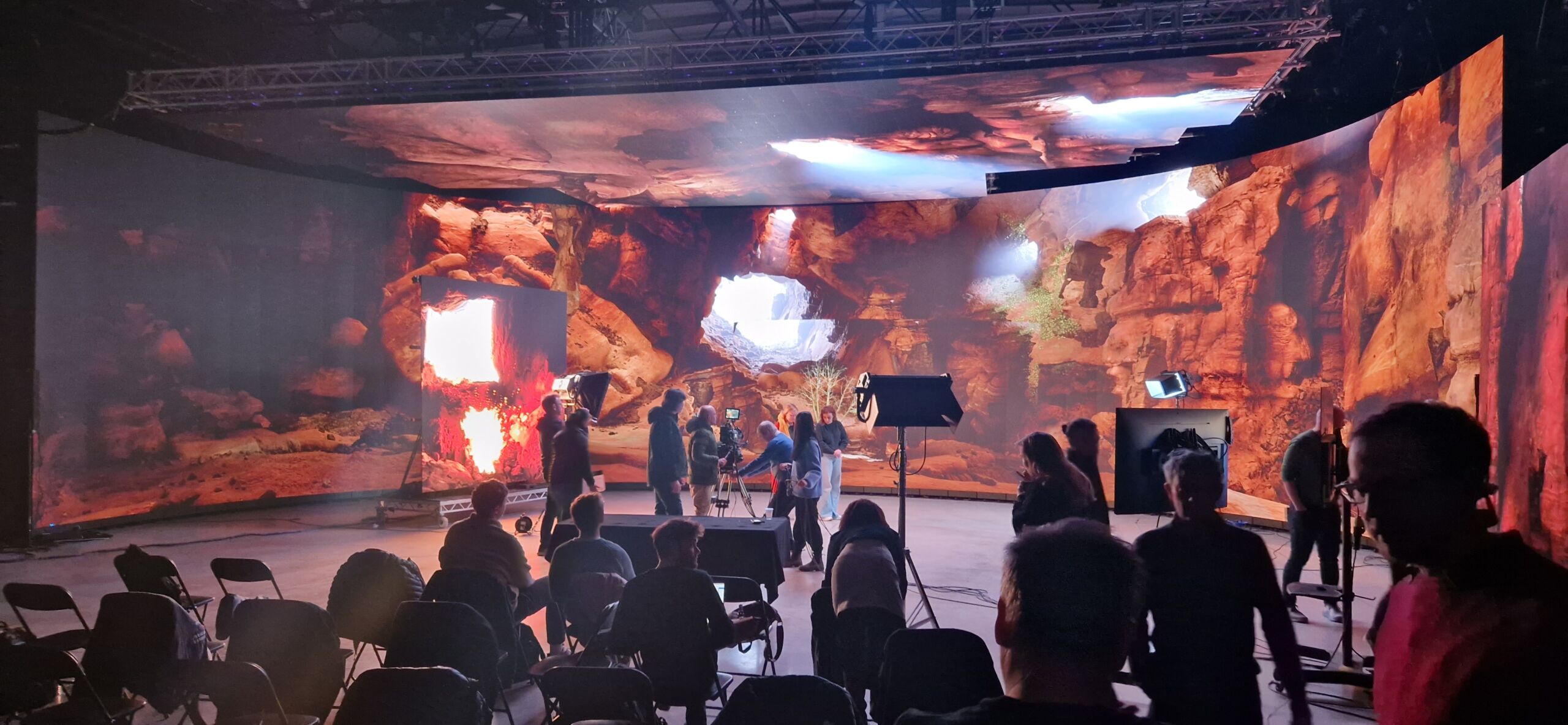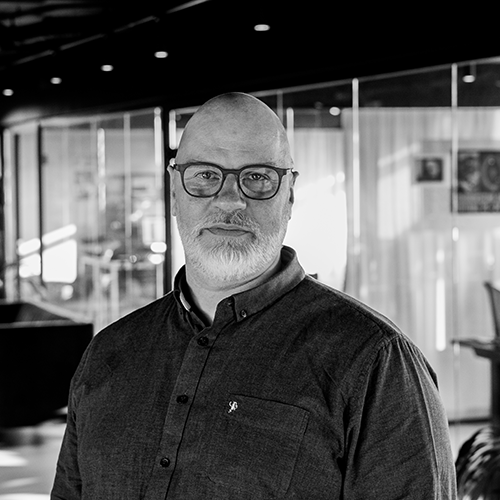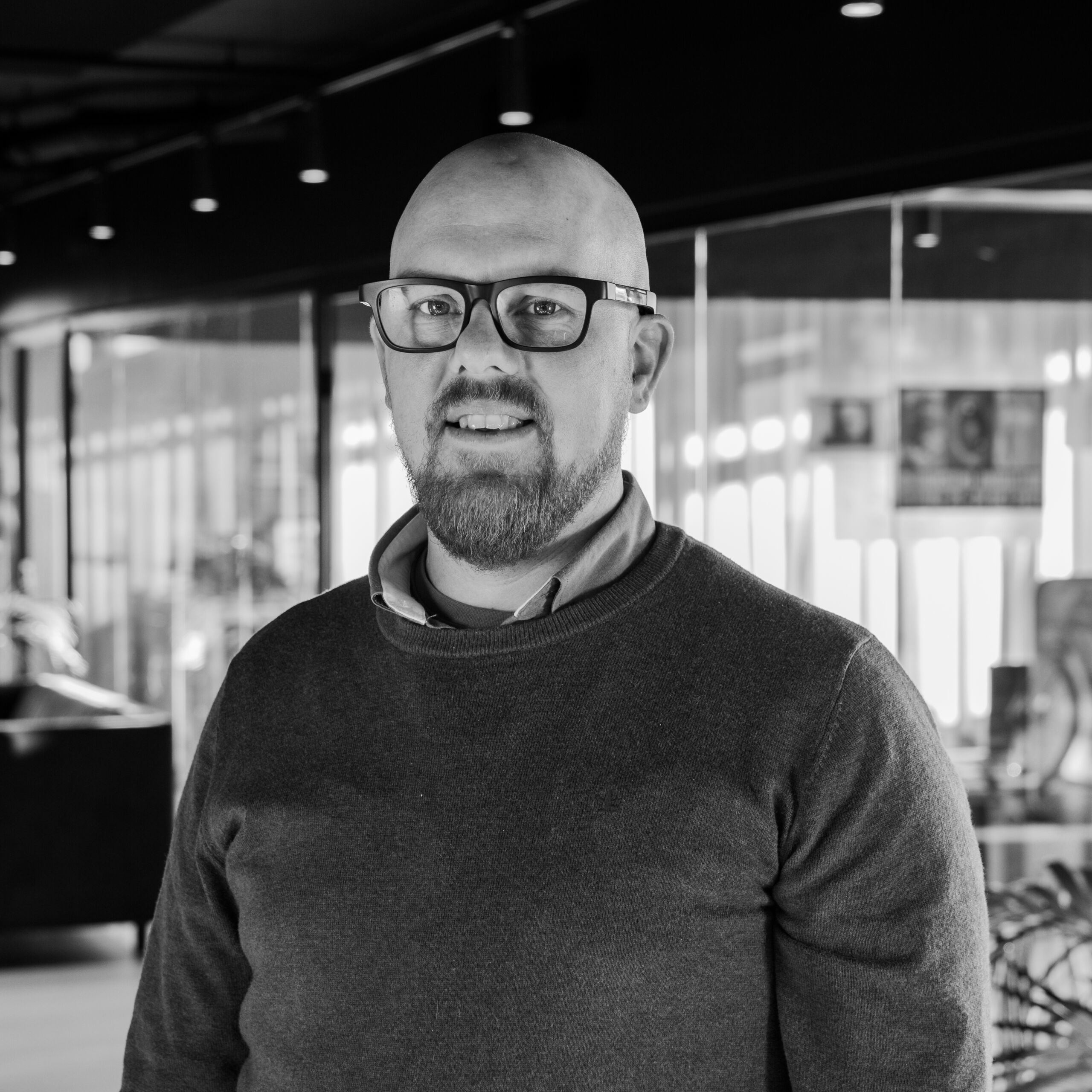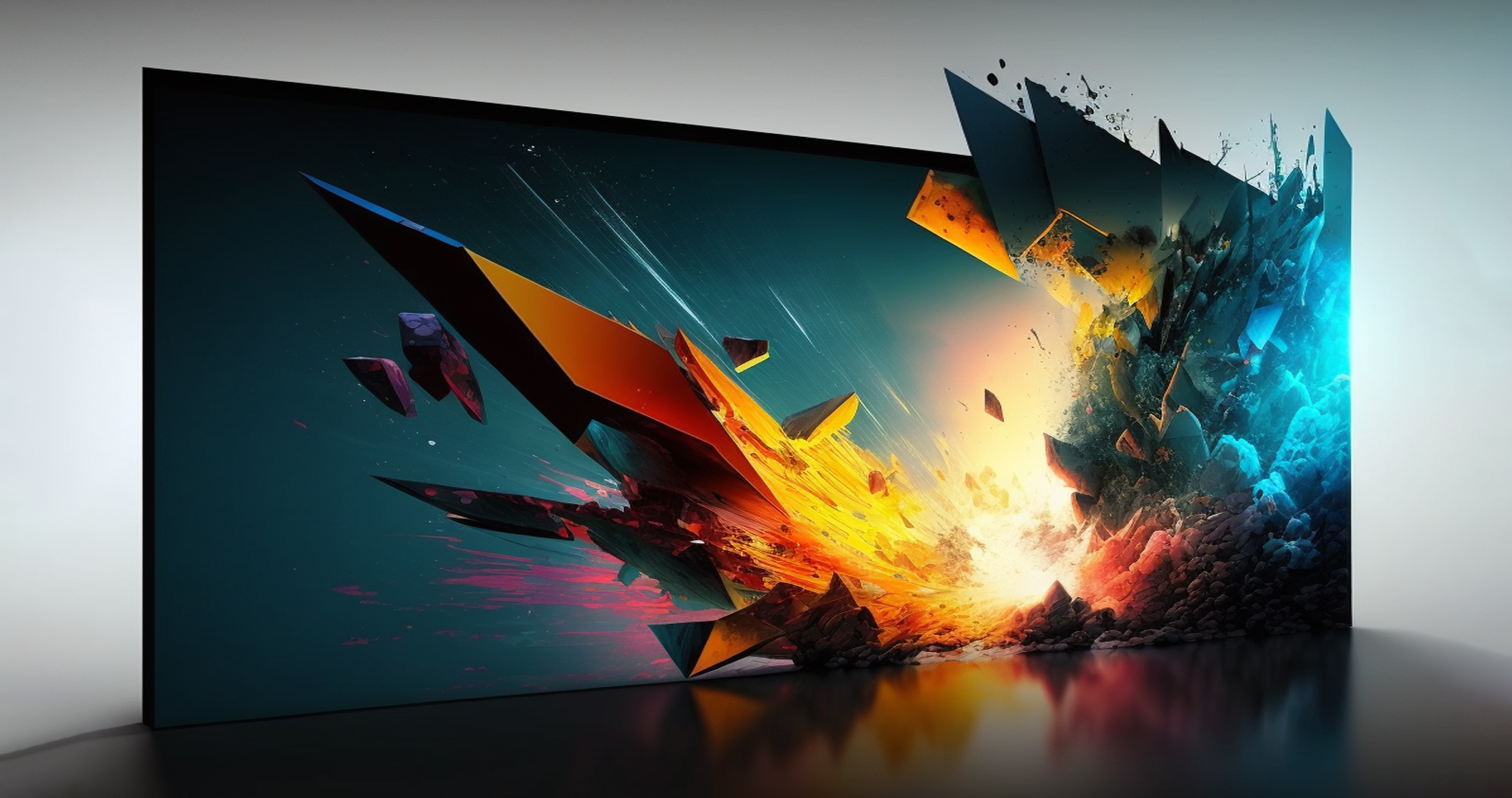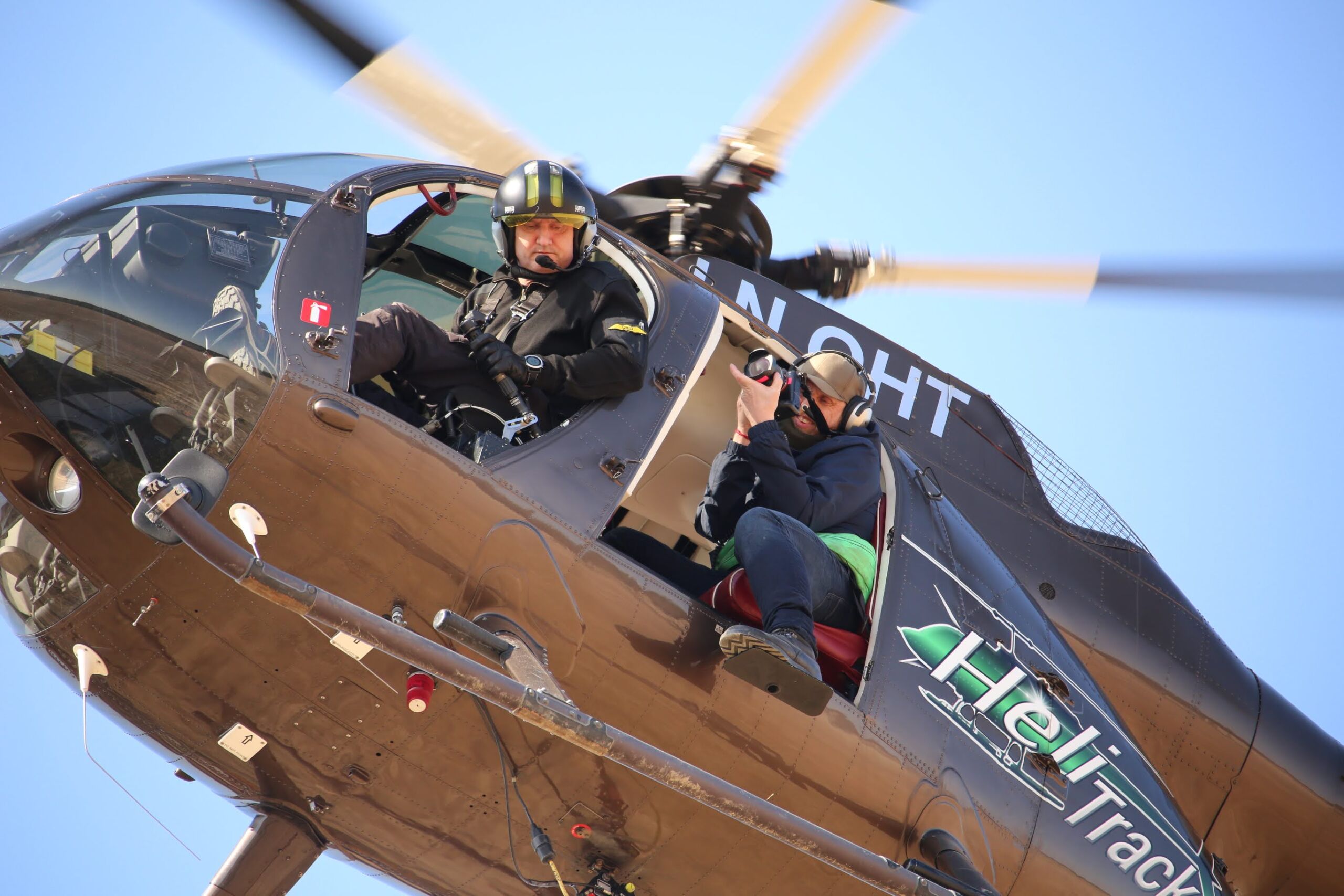It’s been a few years since most people learned what a “green screen” was. With flickering hair and fuzzy edges, we could watch “Brødrene Dal og Spektralsteinene” with film tricks and special effects in outer space. A lot has happened since then, and when it comes to green screen technology, it has suddenly taken a giant leap forward.
Here’s a brief explanation of what “Virtual Production” means and why we at Netron find it so exciting:
Virtual Production is, in short, a large LED wall connected to a computer that can display a three-dimensional scene behind the actor. The same computer constantly tracks where the camera is and what it sees – adjusting the image according to the camera’s movements. This way, the image gains depth in continuation of the physical reality.
So simple and so complex at the same time… A Virtual Production studio is impressive enough on its own, but what makes it more than just a giant TV screen? It’s precisely this tracking. Let’s take an example.
Suppose you’re filming a scene on a train. Instead of renting a train set, you build half a train car as a physical prop. The rest of the train is created as a 3D model in Unreal Engine, which is actually a gaming platform. This platform isn’t new, but with the latest version of Unreal, we are getting close to a photorealistic reality. This is where 3D, animation, gaming technology, and film production converge.
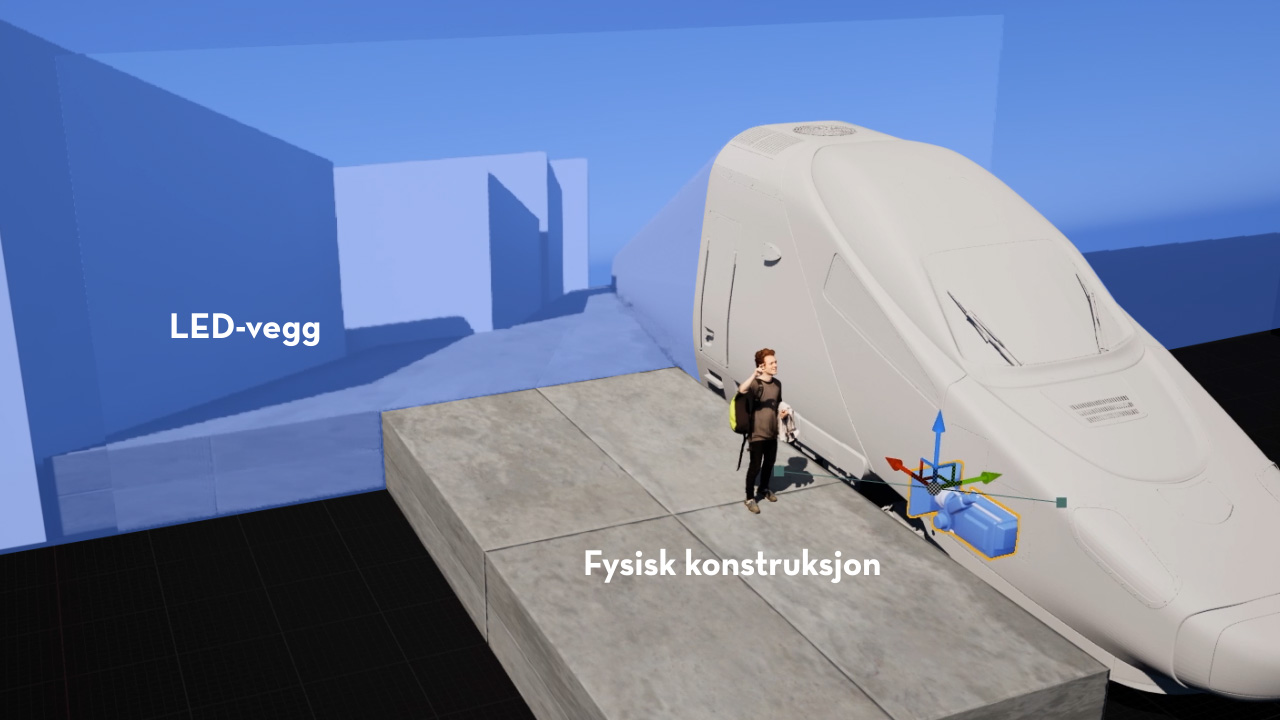
When the camera moves around, the computer ensures that the extension of the train set is correct, and the virtual world blends seamlessly with the physical one. This opens up entirely new possibilities for filming complex or ordinary scenes with full control over lighting and elements.
You’ve probably already seen this in use, perhaps without knowing it, in series like “1899,” “The Mandalorian,” and films like “Dune” and “The Batman” – all of which were filmed in this way.
Sign up for a newsletter about Virtual Production
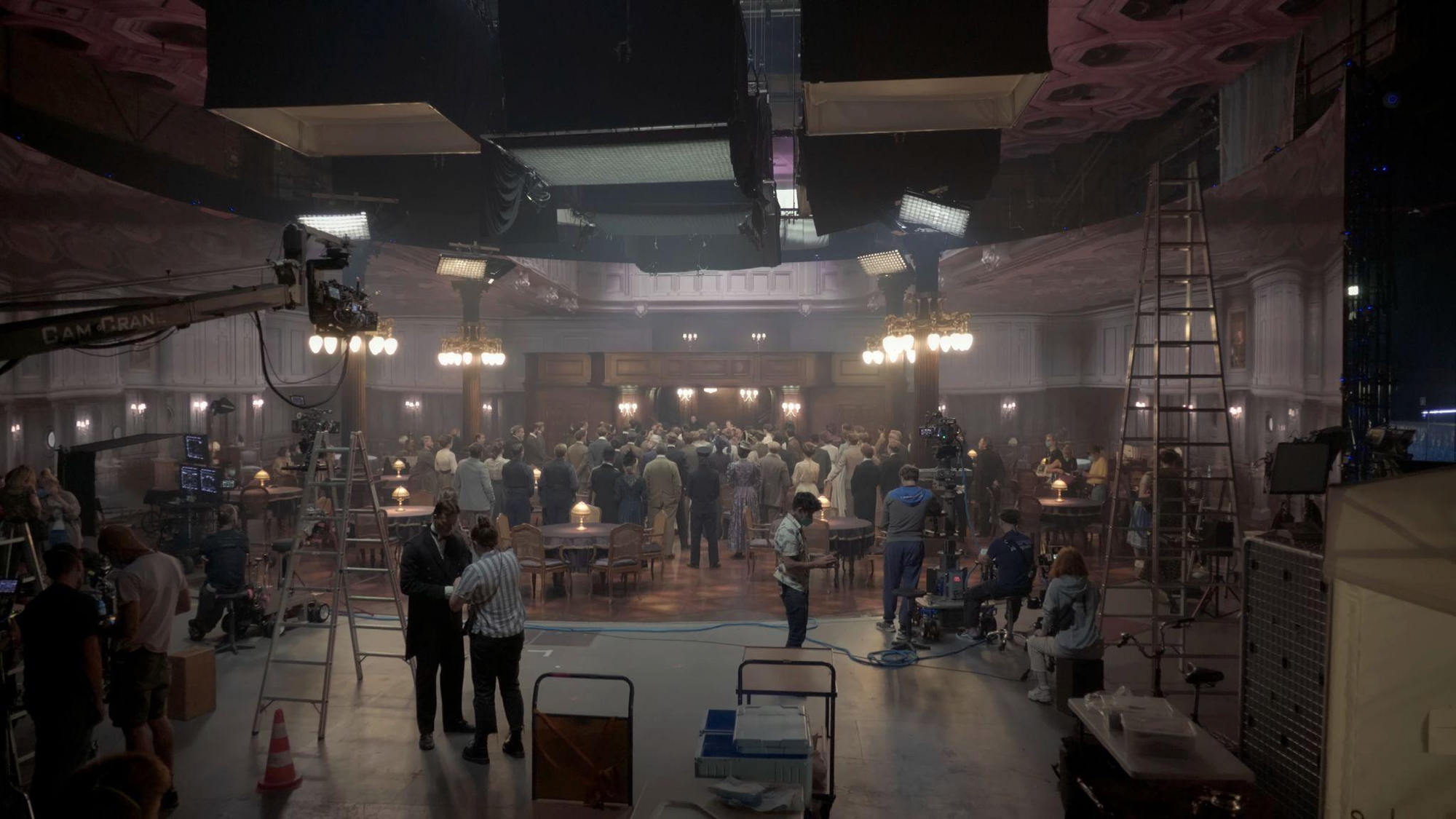
Source: https://www.blackmagicdesign.com/media/release/20230201-01
So, why is this so exciting for Netron?
Well, the digital content on the screens needs to be created – in Unreal. It’s a completely different way of building 3D than traditional 3D modeling. You’re essentially building a game set that can then be used as a film set. Production-wise, it’s a bit backward because much of the post-production work on the film is done before going into the studio. We’ve been working with Unreal Engine since 2020 and have developed our own workflow for such productions. With extensive experience in film, 3D, and animation, we are well-prepared as this technology becomes more widespread.
Currently, such VP studios are not yet up and running in Norway, but we are working on it. Together with partners in both Norway and the UK.

